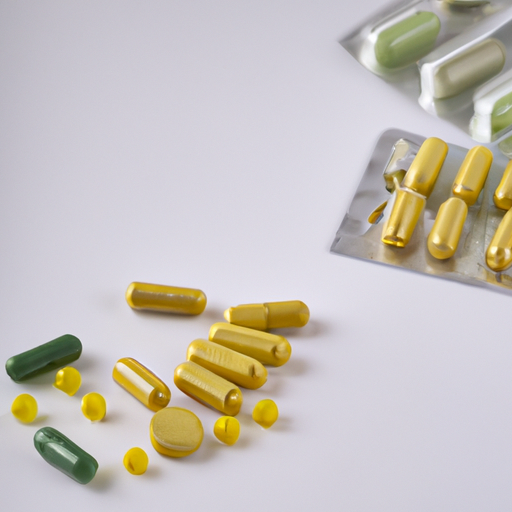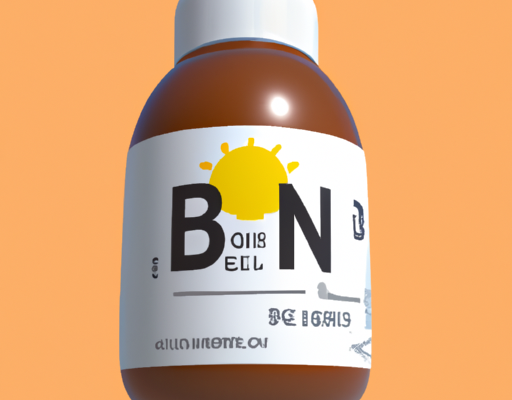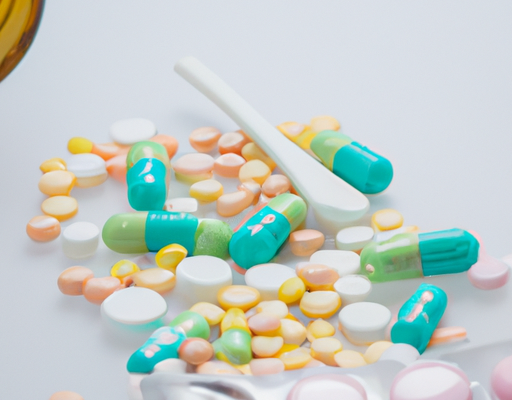1. Identify the source of the rash
If you’re dealing with a chemical rash, the first step is to identify where it came from. It could be from a variety of sources, including household cleaners, industrial chemicals, beauty or hygiene products, or laundry detergents. It’s important to identify the source of the rash so that you can take steps to avoid further contact with the irritant or allergen. If you can’t identify the source, it’s best to consult with a doctor or dermatologist to find out what the irritant is, and what steps you can take to prevent further irritation.
2. Visit a doctor
If you have a chemical rash that does not improve or continues to get worse, it is important to seek medical attention. Visiting a doctor is the best way to get a correct diagnosis and obtain the proper treatment for your rash. Here is a list of reasons why it is important to visit a doctor:
- A doctor will be able to determine the cause of your rash, which may include a chemical reaction, an allergic reaction, or a skin condition.
- A doctor may be able to identify the best treatment plan to get rid of the rash.
- A doctor may be able to prescribe a medication to alleviate the itching, swelling, and other symptoms associated with the rash.
- A doctor can advise you if other tests or treatments may be necessary.
Visiting a doctor is the best way to get relief from a chemical rash. The doctor can provide the best treatment plan and the necessary medications to help improve the rash.
3. Over-the-counter medicines
Over-the-counter medicines can be a helpful way to treat a chemical rash. To find relief, look for products that contain hydrocortisone, an anti-inflammatory steroid. This medication helps to lessen the redness, itching, and swelling associated with the rash. It is important to check the product’s label for the active ingredient and follow the directions on the product for using the medicine safely and effectively. When using any type of over-the-counter preparation, make sure to use it sparingly and stop treatment when the symptoms subside. As always, it is best to discuss the use of any medication with a doctor before using it.
4. Prescription medicine
Prescription medicine is a powerful way to treat a chemical rash. It can provide relief from itching, inflammation, and other symptoms associated with this skin condition. Your physician can prescribe topical or oral medications that work to reduce swelling, redness, and irritation. Additionally, they may suggest an antihistamine to help with any associated allergies. It is important to make sure you follow your doctor’s instructions with any medications they prescribe. Some medications may need to be taken at specific times or with food. Additionally, topical medications typically need to be applied multiple times a day. Finally, it is important to remember that prescription medications can have side effects and may interact with other medications. Be sure to talk to your doctor about any potential risks associated with the medication they have prescribed.
5. Home remedies
If you have a chemical rash, you may want to try some home remedies to soothe and heal it. One natural remedy is to gently wash the rash with a mixture of equal parts warm water and apple cider vinegar. The vinegar has antiseptic and anti-inflammatory properties that can help reduce the symptoms of a chemical rash. Aloe vera gel can also help soothe the affected area and promote healing, while coconut oil and cocoa butter can both provide relief, lubrication, and nourishing hydration. Applying a cool compress, such as a wet cloth, to the rash can bring temporary relief. Finally, oatmeal baths, chamomile tea, and witch hazel can also help reduce redness, itching, and discomfort associated with a chemical rash.
6. Prevention
It is important to take steps to prevent a chemical rash from occurring in the first place. To minimize any risk, you should:
- Always wear protective gear when working with potentially dangerous materials.
- Wash your hands frequently, especially after coming in contact with dangerous materials.
- Store hazardous materials according to the manufacturer’s instructions.
- Always read the label of any product before using it.
- If a product is marked as dangerous, contact your local hazardous waste disposal center for proper disposal.
- If you do get a chemical rash, seek medical help immediately.
By being aware of the potential hazards and taking the necessary precautions, you can greatly reduce the risk of developing a chemical rash.





No Comments